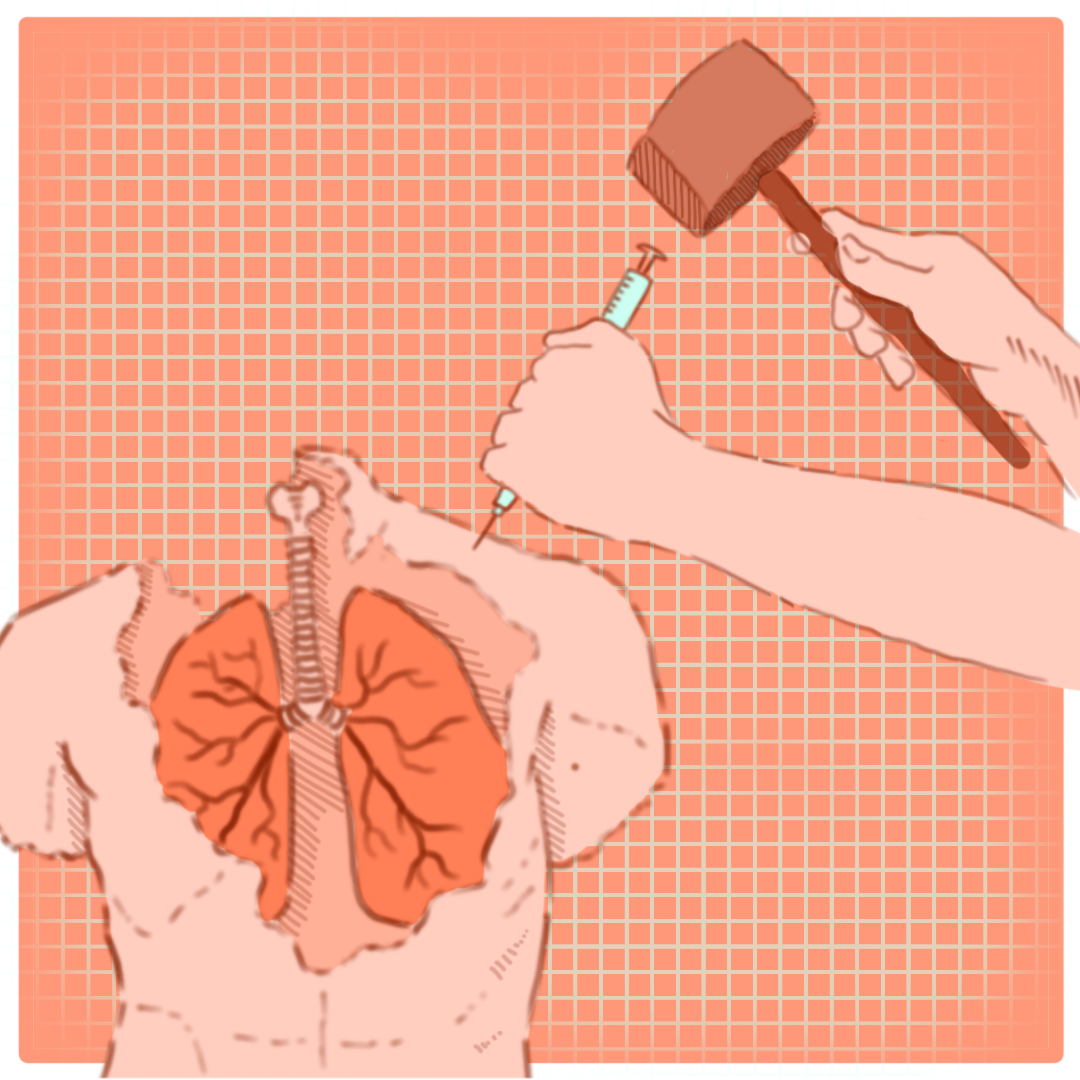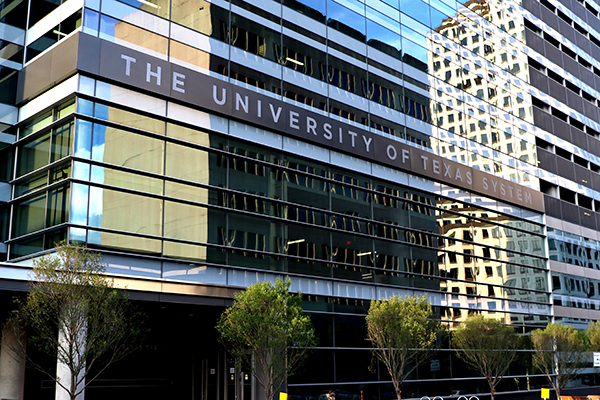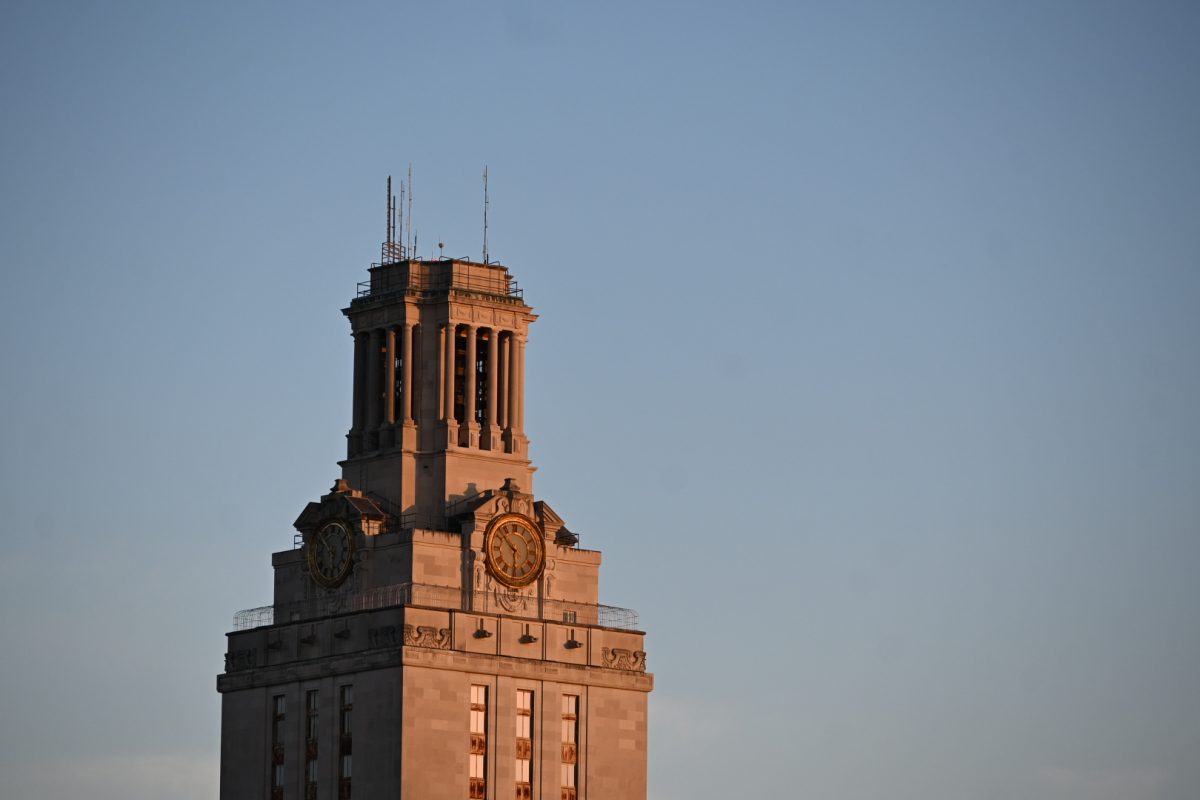The UT System’s $7.3 billion worth of outstanding debt accounts for 58 percent of the state’s total public university debt, according to a report released by Susan Combs, Texas comptroller of public accounts, last week.
As of August 2011, the total outstanding debt of public four-year higher education institutions totaled $12.5 billion, making up 43 percent of the state’s total debt. The UT System is the largest public university system in the state, and its outstanding debt includes money owed by nine academic institutions, six health institutions, the Permanent University Fund and System Offices debt.
UT System spokesperson Jenny LaCoste-Caputo said the System paid $1.71 billon in 2011 toward repayment of outstanding debt from the Permanent University Fund, a state endowment that funds a portion of the System’s budget. Tuition revenue bonds, which are repaid by revenues from the projects they fund and pledge revenue from tuition, contributed $1 billion toward debt repayment.
“The UT System has 15 institutions, including leading research universities and health institutions, that require complex facilities to meet the needs of our patients and students,” LaCoste-Caputo said. “Debt service on [tuition revenue bonds] is reimbursed through general revenue appropriations and is not repaid by students or by increasing tuition.”
UT-Austin has the most debt of the System institutions with $1.15 billion and also has the highest student enrollment. The University’s debt per student is $22,465 compared to the System’s debt per student average of $34,962 per student, based on fall 2011 enrollment figures.
The System’s health institutions make up roughly 39 percent of the System’s debt, totaling $2.9 billion in debt, despite enrolling fewer than 7 percent of the System’s students. The average debt per student attending System health institutions totaled $778,778.
LaCoste-Caputo said a debt-per-student calculation can be misleading because much of the System’s outstanding debt is related to health institutions.
“Growth in debt there is largely not related to student enrollment growth but growth in number of patients seeking care, such as those who need cancer treatment at MD Anderson Cancer Care Center,” LaCoste-Caputo said.
The creation of the proposed UT-Austin medical school could further increase health institution debt.
UT spokesperson Gary Susswein said the University hopes to enroll 50 students as part of the medical school’s entering class of 2015 with hopes of increasing enrollment in the following years.
Based on the debt per student calculation, a UT-Austin medical school could add $38.9 million in debt to the University’s outstanding debt.
Kevin Hegarty, UT vice president and chief financial officer, said borrowing money for a campus is managed at the UT System level through UT
System bonds, but each campus is responsible for paying back debt collected by its own projects.
Debt service makes up $86 million, or 4 percent, of UT’s $2.34 billion 2012-2013 operating budget.
“When a UT System bond is issued, repayment is financially backed by all available net revenues of all the UT System campuses and system,” Hegarty said.
The System’s debt has earned an AAA credit rating, the highest rating available from major credit rating agencies, and is charged the lowest interest rate available in the public market when a campus borrows for a project, Hegarty said.
In the comptroller’s report on higher education debt, Combs recommended higher education institutions lower or support current levels of debt by taking advantage of the rapid growth of online education, which would reduce the need for new facilities. Permanent University Fund debt, which usually funds construction of new System facilities, accounted for close to 14 percent of System debt in 2011.
“As higher education delivery changes, so will the expenditures in infrastructure — both buildings and technology — supported by higher education revenues and debt,” Combs wrote in the report. “How and when remain to be seen.”
The UT System recently invested $10 million in edX, a distributor of interactive online classes, to develop four online courses by next year.
Printed on Thursday, November 1, 2012 as: System owes more than half of TX public university debt




















